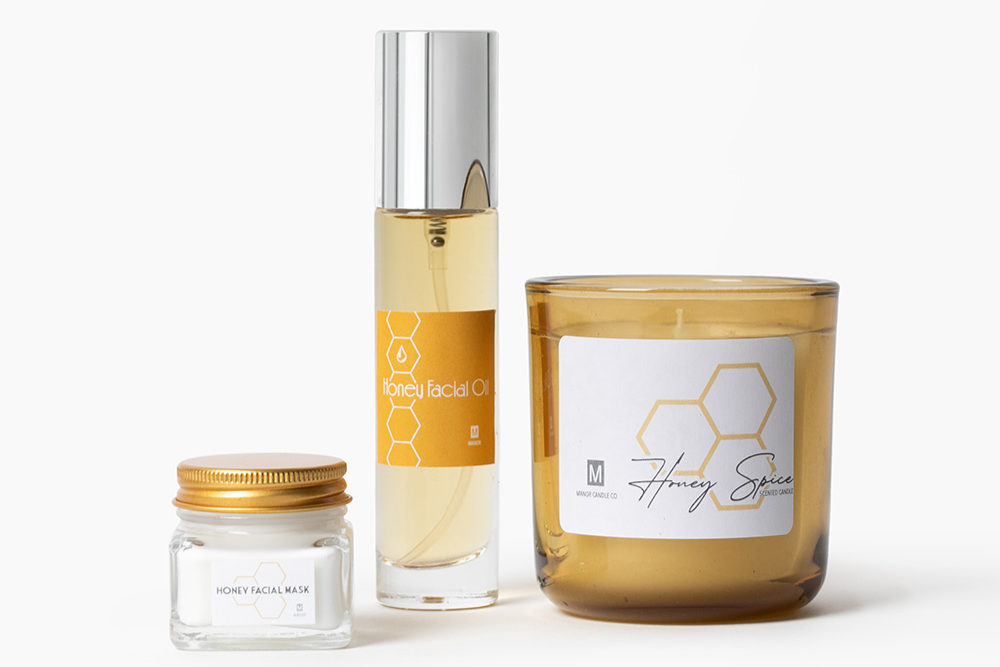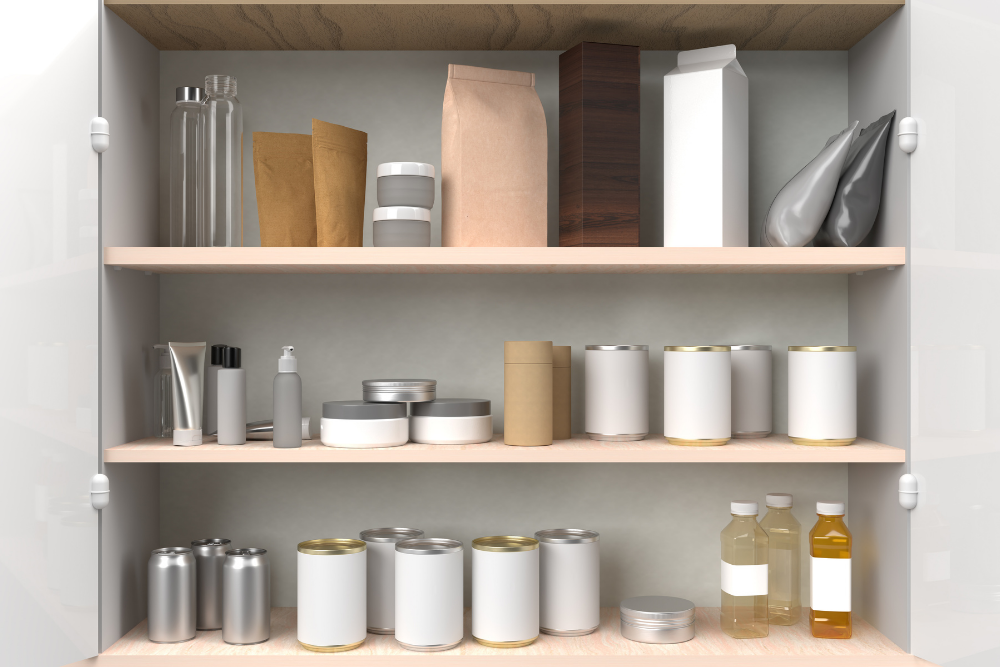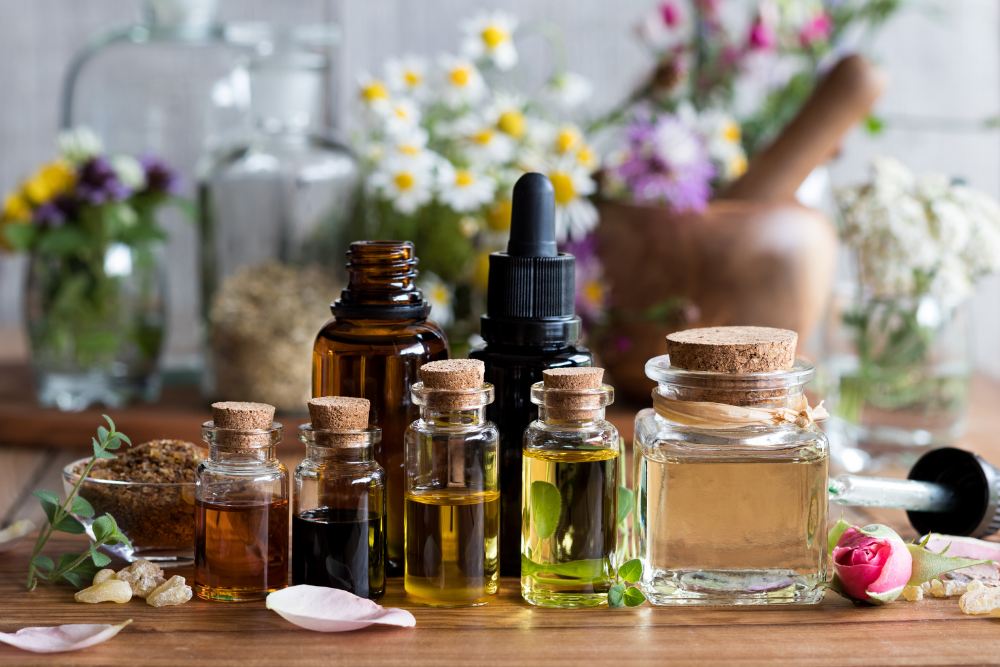Whether you’re a new entrepreneur or a long-standing business, choosing the right product label materials is fundamental to selling to your consumers. Product labels can seem like an afterthought, but it’s a vital component of branding, storytelling, and product identification. Without a label, a consumer has no idea what the product is, nutritional benefits, ingredients, flavors, etc. The label contains printed information that can influence the purchasing decision of the consumer based on a few key pieces of information.
The Importance of Product Labels
Consider your favorite cooking items like a spice, tea, or herb. The label tells pertinent information like the expiration date, manufacturer of the product, and date of manufacture. Whether you’re in the food and packaging industry, beauty, cosmetics, or candles, one thing is clear, labels are now being used to convey more than just ingredients.
Businesses are using them as printed advertisements to relay their brand values, philosophies, and more, transforming their products with trendy and eco-friendly product labels. Whether you’re aiming for a trendy or eco-friendly label, we’re going to discuss all the factors to consider when choosing the right packaging label for your products.
Types of Product Labels
The product labels market has grown beyond the standard use of paper and adapted to different types of packaging labels based on the type of product that is being used. Every type of product requires a unique label based on where it’s being sold, the type of industry, distributor, and the list goes on. When researching the best type of packaging label to use for your product, the first step is to begin with the product itself. We’re going to breakdown the 5 different types of labels most commonly used within popular industries for you to consider:
- Shrink- These labels are imprinted on a polymer plastic film that can be used with a unique container shape with a high-impact graphic. These types of labels are commonly used with bottled beverages like sodas or water and your household cleaning products.
- Pressure-sensitive- The pressure-sensitive labels are extremely adaptable and used commercially. These can work well with virtually any combination of printing methods and techniques and are used with any kind of bottle, tube, or jar.
- In-mold-. Compared to the other labels, these are usually more durable and are commonly used on products like laundry detergent bottles. The durability makes them ideal for warning labels.
- Die-cut- The die-cut labels typically have an exclusive shape or outline that’s custom-made. The die-cut labels are also used for uniquely shaped packages, containers, or label panels.
- Thermal- Thermal labels or direct thermal labels use synthetically treated, heat-sensitive media that darkens when it passes under the warm printhead. The thermal labels are used in shipping, pharmaceutical, price tags, food & bakery, barcode, and product labeling.
While these 5 labels aren’t used for everything, they are the most commonly used in today’s mainstream products. Each industry requires a different type of label based on the needs of their consumers, for example, beauty and cosmetic labels usually source high-end materials like foils, metallic inks, and textured finishes to help their products stand out. As we see wellness and self-care on the rise, holistic or wellness items like essential oils are becoming popular for today’s consumers.
Product Labels For Essential Oil Bottles
Niche products like essential oils require different types of labels to help convey the quality of the product and withstand potential damage. Essential oil bottles can often use waterproof or oil-proof labels to prevent deterioration or damage that prevents the ingredients from being hard to read.
Waterproof labels can help preserve the product integrity so they will survive in any environment where they may come into contact with water and other liquids. These types of packaging labels are commonly used to label products that are to be used in kitchens or bathrooms or to label items that will be displayed, stored, or used outdoors.
Be Wary of Oil Spillage
When using packaging labels for essential oil bottles, there’s no getting around the oil component of the product. It’s very easy for these fragile products to get cracked or damaged during transportation or restocking and the last thing you want is oil ruining the quality of the entire product.
Oils are notorious for causing deterioration to labels which can result in a smudged or cracked appearance that ruins the quality of essential oils bottles. Using laminated labels is a great way to protect your packaging because they are waterproof and scratch-resistant. These are commonly used for other fragile items like beer and cosmetic items which makes them a great alternative to paper labels for your products.
Candle Jar Labels To Make Your Products Pop
The modern candle label is meant to be seen and experienced. If you’re in the candle industry and you’ve been wondering what to put on a candle label, we’ve got you covered. Today’s candle consumer has the freedom to choose from ornate shapes, curvy pillars, and different wicks with burning times to last throughout the night.
Different types of candle jars can give you the creativity and freedom to use the label to make your brand stand out. For example: Let’s say I’m in the candle industry, I’d want a label that could fit on various candle jars, candle containers, and can be customized to various candle designs.
Your label should reflect your brand, color scheme, and mission to draw consumers into your products. A few factors to consider when preparing labels for different types of candle jars is how the space affects the lids. You could use a circle, square, or rectangle-shaped lid that could be too small for a label which could force you to place the label on the jar itself. Using the negative space of your lid labels to showcase your logo and color scheme is a great way to encompass branding around the entire product without detracting from the candle itself.
Get creative with your product packaging whether you’re in the beauty industry or looking to get innovative with your candle designs. Always remember to keep your consumer type in mind and never forfeit your brand aesthetic for a label not suited to your products.



